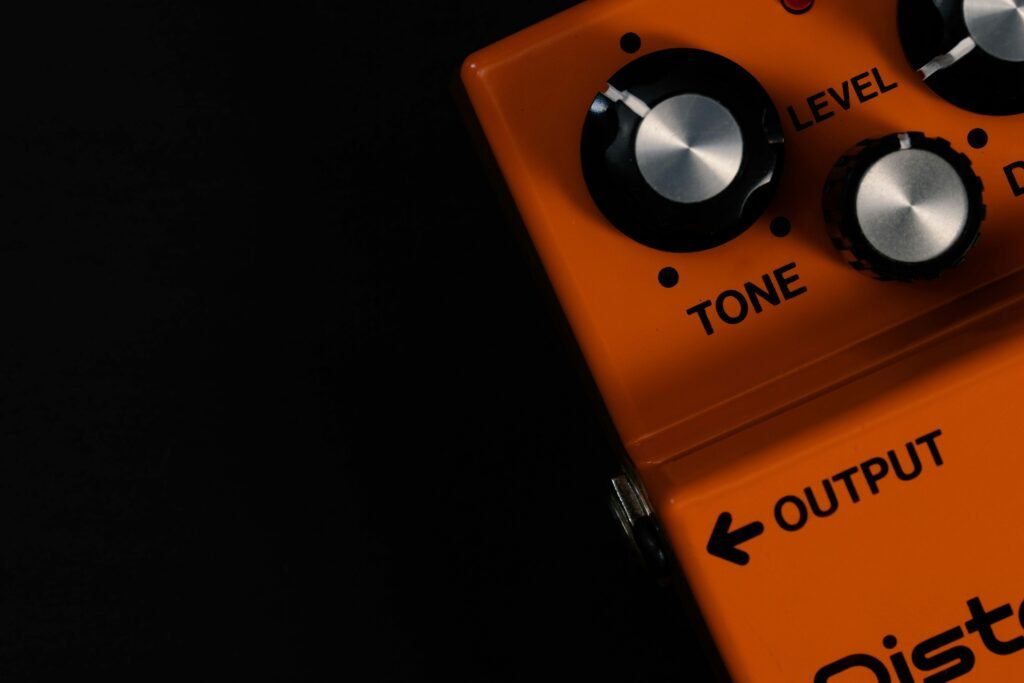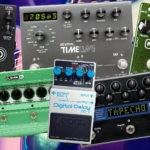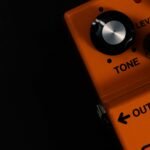When it comes to shaping the sound of an electric guitar, few effects are as iconic and widely used as distortion and overdrive. While both effects add a gritty, amplified sound to the guitar signal, they achieve this in different ways and are best suited for distinct musical contexts. Understanding the differences between distortion and overdrive pedals can help you choose the right tool for your desired sound.
What is Overdrive?
Overdrive is designed to mimic the natural sound of a tube amplifier pushed to its limits. In the early days of electric guitar amplification, players discovered that turning up the volume on their tube amps to the point of “overdriving” the circuits produced a warm, rich, and slightly compressed sound. Overdrive pedals aim to recreate this effect at lower volumes.
Tone Characteristics:
- Warm and smooth clipping
- Retains much of the original guitar tone and dynamics
- Responds to playing dynamics and guitar volume controls
- Musical Applications:
- Ideal for blues, rock, and country
- Provides a subtle to moderate gain boost
- Enhances the natural tone of the guitar and amp without drastically altering it
Popular Overdrive Pedals:
- Ibanez Tube Screamer
- Boss OD-3 OverDrive
- Fulltone OCD
What is Distortion?
Distortion, on the other hand, offers a more intense alteration of the guitar signal. While overdrive emulates a mildly pushed amp, distortion pedals are designed to produce a more aggressive, heavily clipped signal. This effect is achieved by significantly increasing the gain, resulting in a compressed and harmonically rich sound.
Tone Characteristics:
- Heavy clipping with a more uniform sound
- Alters the guitar’s original tone to a greater extent
- Provides a consistent level of saturation regardless of playing dynamics
Musical Applications:
- Essential for heavy rock, metal, and punk
- Produces a high-gain, powerful sound that cuts through dense mixes
- Suitable for both rhythm and lead playing with sustained notes
Popular Distortion Pedals:
- Boss DS-1 Distortion
- Pro Co RAT
- Electro-Harmonix Big Muff Pi
Technical Differences
The technical difference between overdrive and distortion lies in the way they clip the audio signal:
Overdrive Pedals:
- Use soft clipping, where the signal is gradually rounded off, creating a more natural and warm sound.
- The clipping is often asymmetrical, mimicking the behavior of tube amplifiers.
Distortion Pedals:
- Employ hard clipping, which chops off the signal more abruptly, resulting in a more pronounced and aggressive tone.
- The clipping is usually symmetrical, providing a uniform and consistent distortion.
Blurring the Lines: Gain Staging
In practice, many players use both overdrive and distortion pedals together to create a complex, layered sound. This technique, known as gain staging, involves stacking pedals to combine their characteristics. For instance, a player might use an overdrive pedal to push a distortion pedal, achieving a blend of warmth and aggression that can be finely controlled.
Conclusion
Understanding the difference between overdrive and distortion pedals is crucial for shaping your guitar tone. Overdrive pedals offer a natural, dynamic response ideal for blues and classic rock, while distortion pedals provide the high-gain, aggressive sound required for metal and hard rock. By experimenting with both types of pedals, you can discover the unique textures and tones that best suit your playing style and musical genre.









